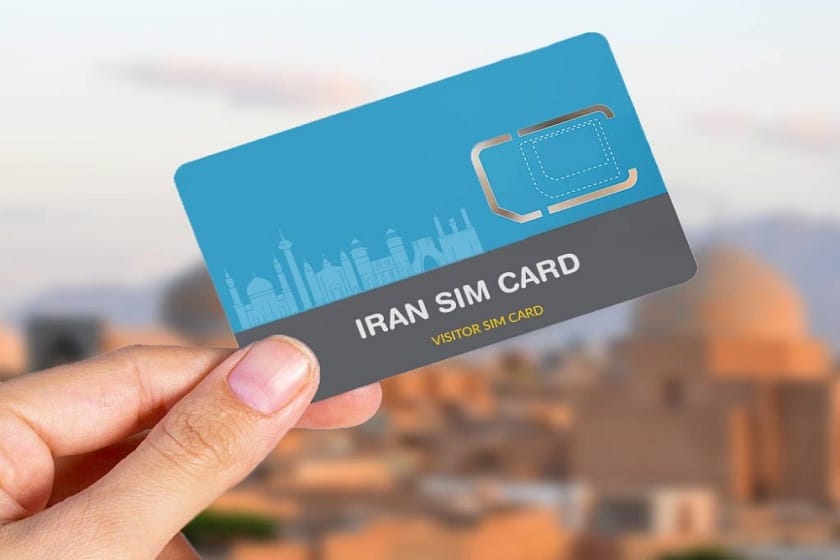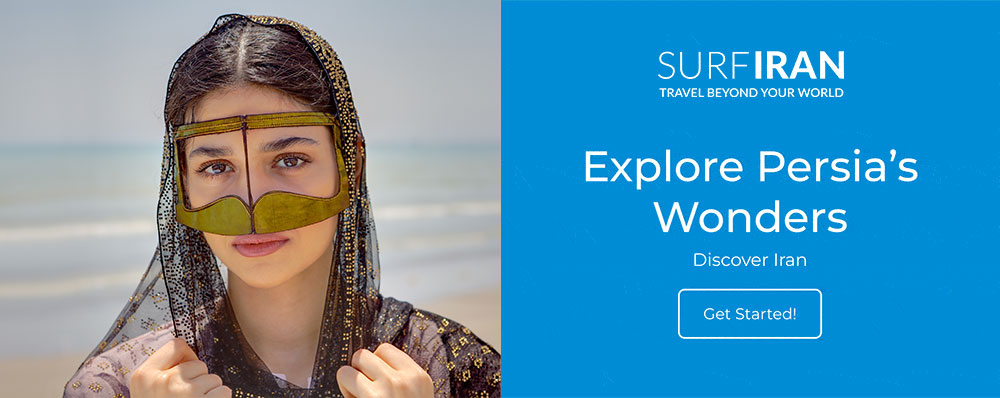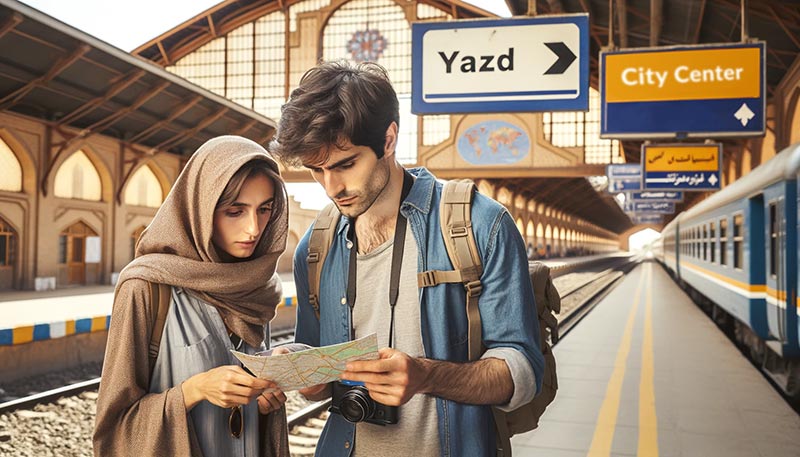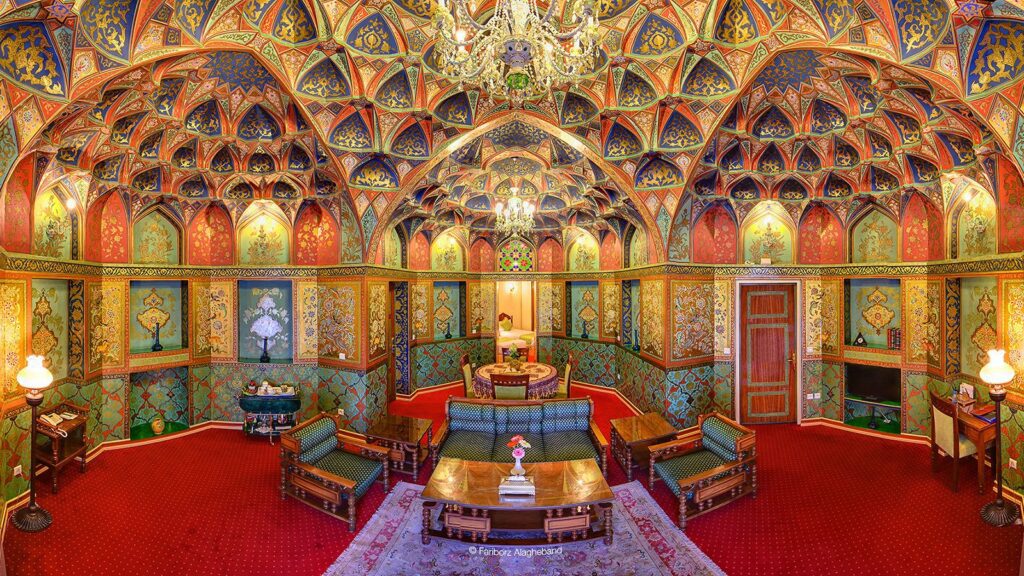
Few travelers have this idea of Iran before visiting it, but the country is famous for its high rate of plastic surgery. Indeed, that’s not without reasons that Iran is sometimes called “the nose job capital of the world”. From face surgery to all sorts of procedures, the trend in plastic surgery has boomed in Iran these past decades, to the point of becoming a medical tourism destination.
Contents
Plastic surgery in Iran: a national trend
It is something that often surprises the western traveler that has just arrived in Iran: walking in the streets, it’s easy to measure how much plastic surgery is a trend in the country. Doll faces, rounded thin cheeks, plumbed lips, and bandages on the nose are among the new features of the young Iranian generation’s faces. This is true for women in particular, of all ages, but also young men, and not restricted to the wealthy population of the capital city. Plastic surgery in Iran is a trend that tends to equally reaches all parts of Iran.
Indeed, there are no less than 700.000 cosmetic surgeries performed every year in Iran. A rate, that makes the country rank fourth worldwide, after Brazil, Mexico and the United States, according to the International Society of Aesthetic Plastic Surgery. Furthermore, research in the field of plastic surgery have become one of the most important in Iranian medicine, which explains the degree of advanced knowledge it has reached.
Among these surgeries, the most popular in Iran is by far rhinoplasty which consists in remodeling the shape of the noses. Each year, about 200.000 Iranians, men and women, are doing this surgery to reduce the size of their nose. A rate that would be seven times more than in the United States (according to a study done by the Rhinoplasty Research Society of Iran and Johns Hopkins University) and that makes Iran earn its nickname of the “nose job capital of the world”.
A short history of cosmetic surgery in Iran

But where does this interest in cosmetic surgery comes from? To understand the development and the rise in interest in plastic surgery, it is important to keep in mind that aesthetics and beauty have always occupied a central place in Persian culture. In an article written by Ryan Cohen for “Hektoen International, A Journal of Medical Humanities”, the author reminds us that cosmetics were already widely used under the various Persian empires, as physical beauty was highly valued. That concern around aesthetics and physical appearance seems rooted in Persian culture and is still prevalent nowadays.
It is with the wars that modern cosmetic surgery emerged, to treat injured people. First, coming from the West, as a result of the first World War, the bloody conflict between Iran and Iraq in the 80s accelerated the development of cosmetic surgery in Iran. The first known cosmetic surgeon in Iran was Dr. Siroos Osanlou, trained in the UK, under Sir Harold Gillies, known as the father of modern plastic surgery. Since then, the trend and knowledge in cosmetic surgery have constantly increased to reach the point described earlier.
Why cosmetic surgery became a trend in Iran?
A lot of people argue that the obvious reason for the development of cosmetic surgery in Iran is the complicated relationship Iranians have with mandatory hijab and other limitations imposed by “modesty” rules. “This dichotomy sets up a fascinating backdrop for the development of cosmetic surgery, a field of medicine that has flourished at an uncanny rate in this unlikely setting” observes Ryan Cohen.
It’s probably true that mandatory hijab has amplified the trend of facial surgery, rhinoplasty in particular, as the face (and the nose!) remains the most visible part of the body. Surgery, but also cosmetics, are used for “embellishment” as well as a way to express one’s personality.

But it would be simplistic to reduce the trend for cosmetic surgery to this, especially nowadays, that there is more freedom in the way people can dress. In Iran, cosmetic surgery should be seen for what it is: a cultural influence. Coming both from that ancient attraction for aesthetics within the Persian culture and the desire to look like TV and movie stars, often coming from the West. In nowadays Iran, the current criteria of beauty have more in common with western pop culture than ancient Persia: doll faces, small noses, light skin, straight blond hair, etc.
Behind the surgery, a status symbol
Cosmetic surgery, in Iran, is also an important status symbol, a sign of wealth. While in Europe many try to hide their surgery, in Iran people proudly show their rhinoplasty in the streets and on social media by wearing a white bandage on their nose. Having plastic surgery is something, if not “normal”, widely socially accepted.
More and more, plastic surgery is no longer limited to rhinoplasty. The trend in Botox and collagen injections (for lips, cheeks, forehead…), hair transplants, but also in heavier procedures such as breast augmentation, liposuction, Brazilian butt lift, chin implant, etc… increases, and at a face pace.
These procedures are seen by many as a way to boost their self-confidence, and for single people, as a way to increase their chance to find a “better” (meaning: with a higher status and wealthier) partner for marriage. As in many other countries, liposuctions, hair transplants, and similar surgeries are also increasingly done by middle-aged women and men in an attempt to change their lifestyles and boost their self-esteem.
And despite the cost, cosmetic surgery is far from being limited to the wealthiest population. Even during the recent economic crisis, many continue to take loans to afford their surgery, and clinics often offer promotions and installments to make these procedures more accessible to a large public.

Iran, the new destination for medical tourism
With a large number of modern facilities, experienced surgeons, and low costs, it is not surprising that Iran has become a popular destination for medical tourism, in particular cosmetic surgery. Every year, about one million medical tourists enter Iran, according to the Health Ministry.
These tourists-patients are mainly coming from neighboring countries, such as Iraq, Afghanistan, Oman, Azerbaijan and Bahrain. Yet, an increasing number of people from Europe and other parts of the world have also started to visit Iran for that purpose. During Covid, many tourism agencies have developed this activity, encouraged by the Health Ministry, that targets 2 million medical tourists in 2025.
It is true that Iran is a rather cheap destination for such medical procedures, often very expensive in other countries. The cost of rhinoplasty, for instance, is 70% lower than in the U.S. and 40% lower than in European countries.
Yet, as the demand for plastic surgery increases, the risks also follow. There would be 7000 surgeons practicing cosmetic surgery in Tehran, but only 157 of them are licensed practitioners (according to a study conducted by the Arya Strategic Studies Center). However, as foreigners can only be admitted into one of the 200 medical centers that have official permission, they are exempted from that risk. This is unfortunately not the case for many Iranians, in particular the ones that cannot afford expensive clinics.
Read More




I’m happy to find this site to learn more about Iran. I didn’t know about the plastic surgery tourism. Western media limit any information about Iran except negatives. I learned about the African descendants there too. I would love to visit to meet their communities